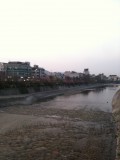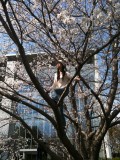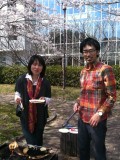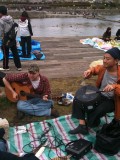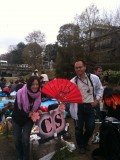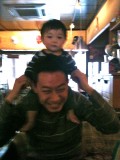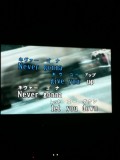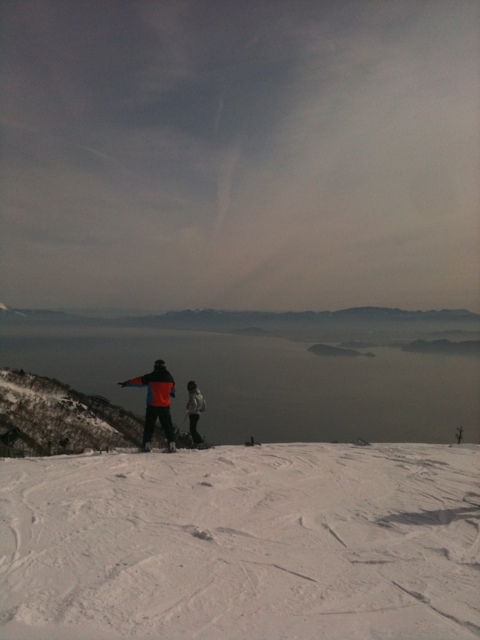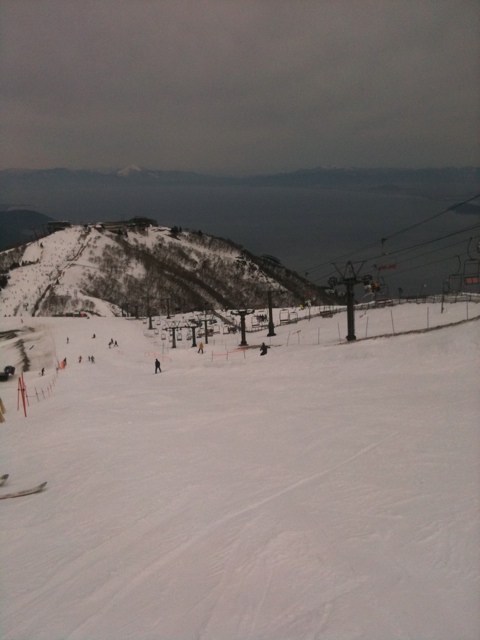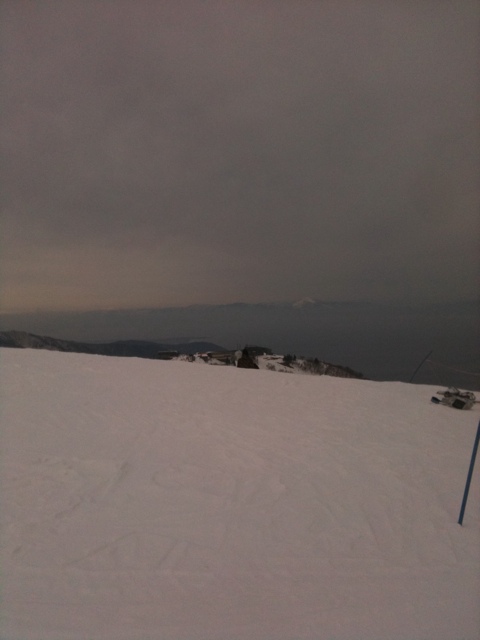“A person is smart. People are dumb, panicky dangerous animals”…
The most annoying part about trying to hold any Fukushima-related conversation over the past couple weeks: being made to feel like a tireless cheerleader for TEPCO, the Japanese government or nuclear energy in general. Merely refusing the whole panicky, guts-over-science, interpretation of events automatically left me in that corner over there, with the energy company shills, neo-con climate change deniers and simple-minded fools doomed to die a fiery nuclear death.
This is particularly enraging, if somewhat ironic, considering how much I loathe practically every aspects of public policy-making in Japan. In usual times, I am the culturally-insensitive boorish gaijin who snidely comments on the levels of inertia, corruption and inefficiency ingrained in Japan’s particular brand of bureaucratic para-democracy, getting much awkward silence and polite placating from annoyed Japanese counterparts (yes, I am the life of parties).
So, let me spell it out for the dialectically-challenged out there: Fuck TEPCO. Fuck its useless bunch of amakudari, working hand-in-hand with their equally self-serving ministry bureaucrat friends to keep their cushy retirement gigs at the expense of pretty much everything else. They are a perfect (though far from unique) embodiment of everything that is wrong with Japanese politics and bureaucracy. And most of it has absolutely nothing to do with the uncontrollable consequences of one of the strongest natural disaster to ever hit a modern country. If you want to blame TEPCO for something, why don’t you start by going back to 1995 and have a look at their practice of hiring Japanese lower-class burakumin to work in sub-standard conditions…
While I am at it: let me also publicly state my fervent dislike of nuclear radiations, tsunamis, cancer, war, famine and innocent children’s tears.
That being said…
How about first revisiting those heady days of post-tsunami events and the journalistic gold-rush for fear-mongering, grossly-inaccurate, paper-selling nuggets of gold. Remember? When “Western media had a better grasp of the situation than you people on the ground”. The somewhat condescending idea that foreign media gave an inherently better coverage of the news, by virtue of their independence and superior journalistic skills…
Here is the deal about foreign media and what they publish(ed) about Fukushima: their facts all come from one place. The very same place Japanese media get their facts from, the same place everybody gets their facts from: official TEPCO press releases and Japanese government spokesmen. CNN does not have some embedded journalist traipsing around reactor #3 with a geiger counter or a mole inside the DPJ headquarters: they do like everybody else and work from [poorly translated, second-hand-acquired] official news releases. So much for the “poorly informed” local media, kept in the dark while their foreign homologues expose the naked shocking truth to the world. Their only differences resided in their tone and the quality of their analysis. And on both counts, the less said, the better.
Continue reading
 It is quite hard finding free-access wifi anywhere in Japan, let alone access that does not require you to sit and purchase a drink (most often at such exciting local eateries as McDonald’s or Starbucks)…
It is quite hard finding free-access wifi anywhere in Japan, let alone access that does not require you to sit and purchase a drink (most often at such exciting local eateries as McDonald’s or Starbucks)…






